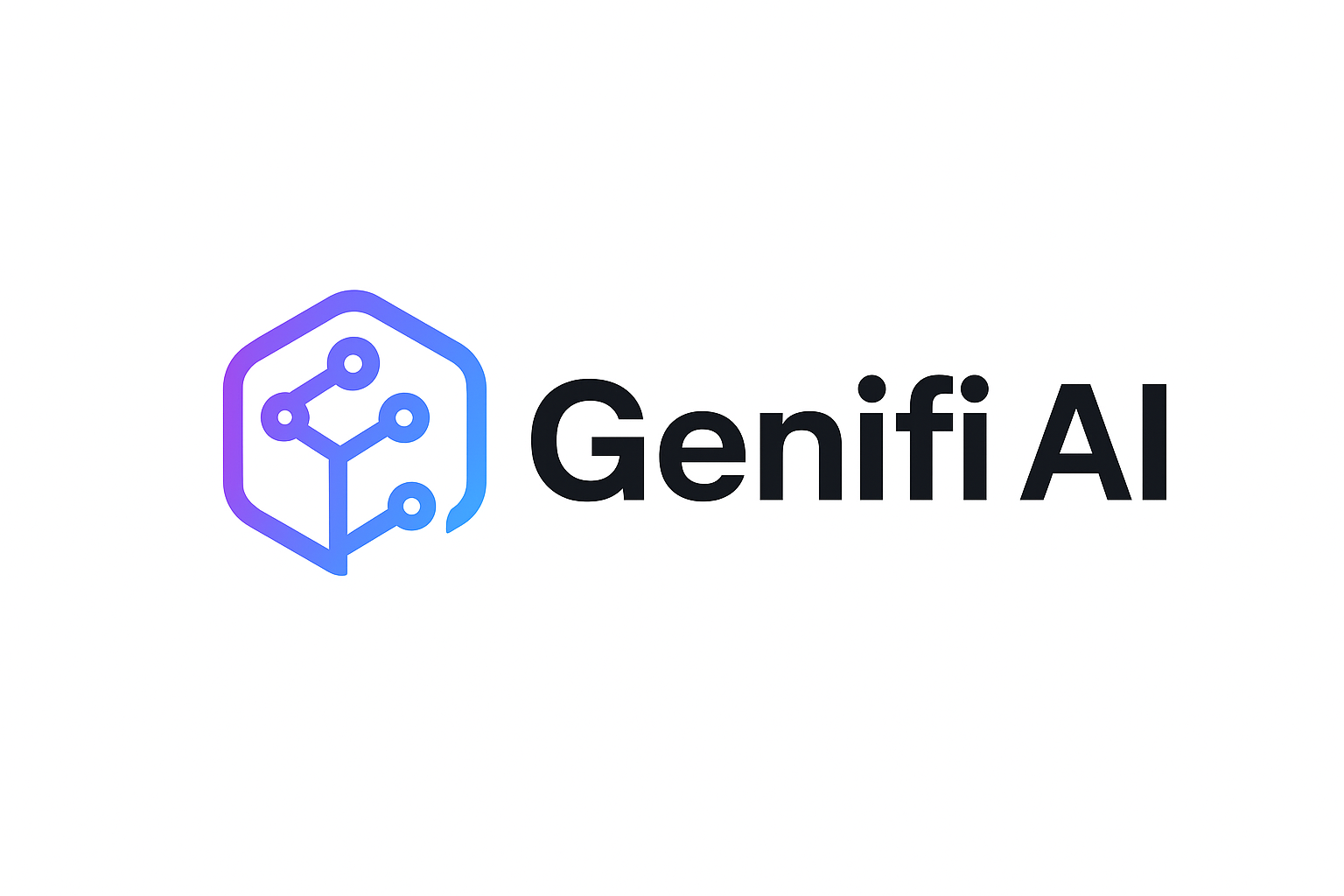How to Build an Email Marketing Funnel: A Step-by-Step Example
In the fast-paced digital marketing world, mastering an email marketing funnel example can be your secret weapon for converting leads into loyal customers. If you’ve struggled to keep your audience engaged or drive measurable results, don’t worry—you’re not alone. Below, we’ll break down a practical example of an email marketing funnel that works, so you can turn passive subscribers into raving fans.
What is an Email Marketing Funnel?
An email marketing funnel is a step-by-step process designed to guide subscribers from initial awareness to a final conversion. Think of it as a journey that nurtures potential customers at every stage, ensuring they remain engaged and ready to take action.
An Effective Email Marketing Funnel Example
Step 1: Lead Magnet (Top of Funnel)
The journey starts with offering value upfront. This could be:
- A free eBook
- An exclusive webinar
- A discount code
Example: You run a fitness brand. Your lead magnet might be a free “7-Day Healthy Meal Plan” delivered via email to anyone who subscribes.
Step 2: Welcome Email Sequence (Middle of Funnel)
Once a subscriber opts in, send a series of engaging welcome emails. Here’s an example sequence:
- Welcome Email: Thank the subscriber and deliver the promised lead magnet.
- Storytelling Email: Share your brand’s mission and how your solution addresses their pain points.
- Education Email: Provide valuable tips that solve a small, immediate problem (e.g., “5 Quick Home Workouts for Busy Professionals”).
Pro Tip: Use this stage to build trust and establish credibility.
Step 3: Segmentation and Nurturing
Not every subscriber is the same. Use segmentation to tailor content to their specific interests.
- Example 1: A user who clicks on workout tips gets added to the “Fitness Enthusiasts” segment.
- Example 2: A subscriber engaging with healthy recipes joins the “Nutrition Focus” segment.
Send targeted content based on their preferences to keep them engaged.
Step 4: Conversion Email (Bottom of Funnel)
Here, the goal is to turn subscribers into paying customers. Craft a persuasive email highlighting:
- Clear benefits of your product/service
- Social proof like testimonials or case studies
- A strong call-to-action (CTA)
Example Email CTA:
“Get 20% off your first coaching session—offer expires in 48 hours!”
Best Practices for Your Email Marketing Funnel
- Automation is Key: Use tools like Mailchimp or ActiveCampaign to automate sequences.
- Optimize for Mobile: Ensure emails are responsive and easy to read on all devices.
- A/B Test Content: Experiment with subject lines, CTAs, and email timing for better results.
- Personalization Matters: Use the recipient’s name and tailor content to their interests.
Conclusion: Building an Email Marketing Funnel That Converts
An email marketing funnel isn’t just about sending emails; it’s about creating a structured, value-packed journey. By following this example, you’ll cultivate relationships, boost engagement, and drive conversions.
Ready to create your funnel? Start with a compelling lead magnet and watch your list grow.
Not ready to create a funnel on your own? No problem! You are in luck. Access our DOne for you Funnel that converts like crazy! This is 100% Free.

